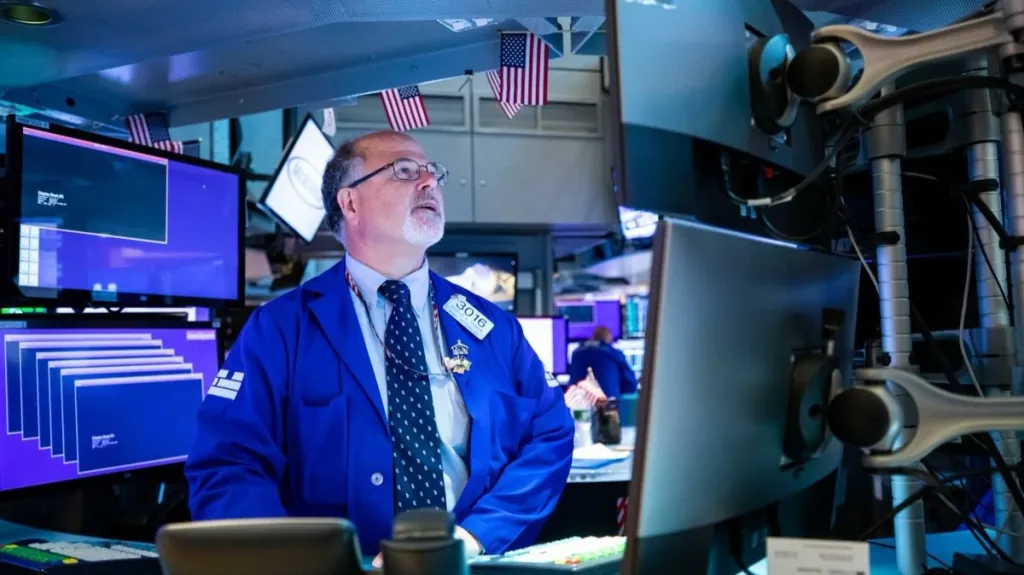Goldman Sachs: the AI boom is still in its infancy, and the beneficiaries may yet change
The bank estimates that AI adoption could boost company revenues by $8 trillion

Despite growing market fears about the bursting of the AI bubble, Goldman Sachs believes that the AI boom is still in its early stages. Therefore, it is unclear who will be the main beneficiaries - historical experience shows that companies that are the first to invest in a new technology do not necessarily reap the greatest benefits in the future, the Wall Street investment giant warned.
Details
Major technology companies are investing tens of billions of dollars in artificial intelligence, but the current scale of investment is modest compared to the potential return - trillions are at stake, Goldman Sachs said. According to the bank's calculations, investments in AI now account for less than 1% of GDP in the US. This is far below the peak levels of previous technological revolutions, such as the construction of railroads, electrification in the 1920s and the dot-com boom of the late 1990s, when investments reached 2-5% of GDP, writes Business Insider.
Goldman Sachs estimates that labor productivity in the U.S. will increase by 15% over the next ten years thanks to AI, and the benefits will far exceed the initial costs. The bank predicts that widespread adoption of AI will add $20 trillion to U.S. GDP, of which about $8 trillion could go to companies in the form of revenue.
First-timers can lose
Goldman Sachs recognized the "validity of concerns" about whether today's largest investor companies will be able to generate the biggest returns in the future. History shows that pioneers in infrastructure projects like railroads or telecommunications have not always been the main beneficiaries. Often, players who came to the market later acquired assets at undervalued prices and received better returns, the bank emphasized.
Goldman Sachs found it difficult to determine when interest in AI investments would begin to wane, given the steady growth in performance and the continuous improvement in language models. "Thus, while investment should slow over time - as the AI investment cycle moves beyond the creation phase and lower hardware costs become the dominant factor - the technology backdrop still looks favorable for AI investment," the analysts concluded.
Context
The AI investment boom in the United States could end in a collapse similar to that of the dot-com bubble, but it is unlikely to develop into a systemic crisis capable of bringing down the U.S. economy or the global financial system, Pierre-Olivier Gourinchas, chief economist at the International Monetary Fund, said on October 14. There are many similarities between the dot-com bubble of the late 1990s and the current AI boom, including the fact that then and now investments in the sector are financed not by loans, but from the own funds of highly liquid technology companies, Gourinchas said.
Bank of America also this week cited four signs that artificial intelligence is growing organically. One of the main differences between the current AI deployment cycle and the dot-com bubble, he said, is sustainable cash flows. Leading cloud corporations have operating cash flows to cover capital expenditures, whereas in the dot-com era, companies lived on debt.
This article was AI-translated and verified by a human editor
